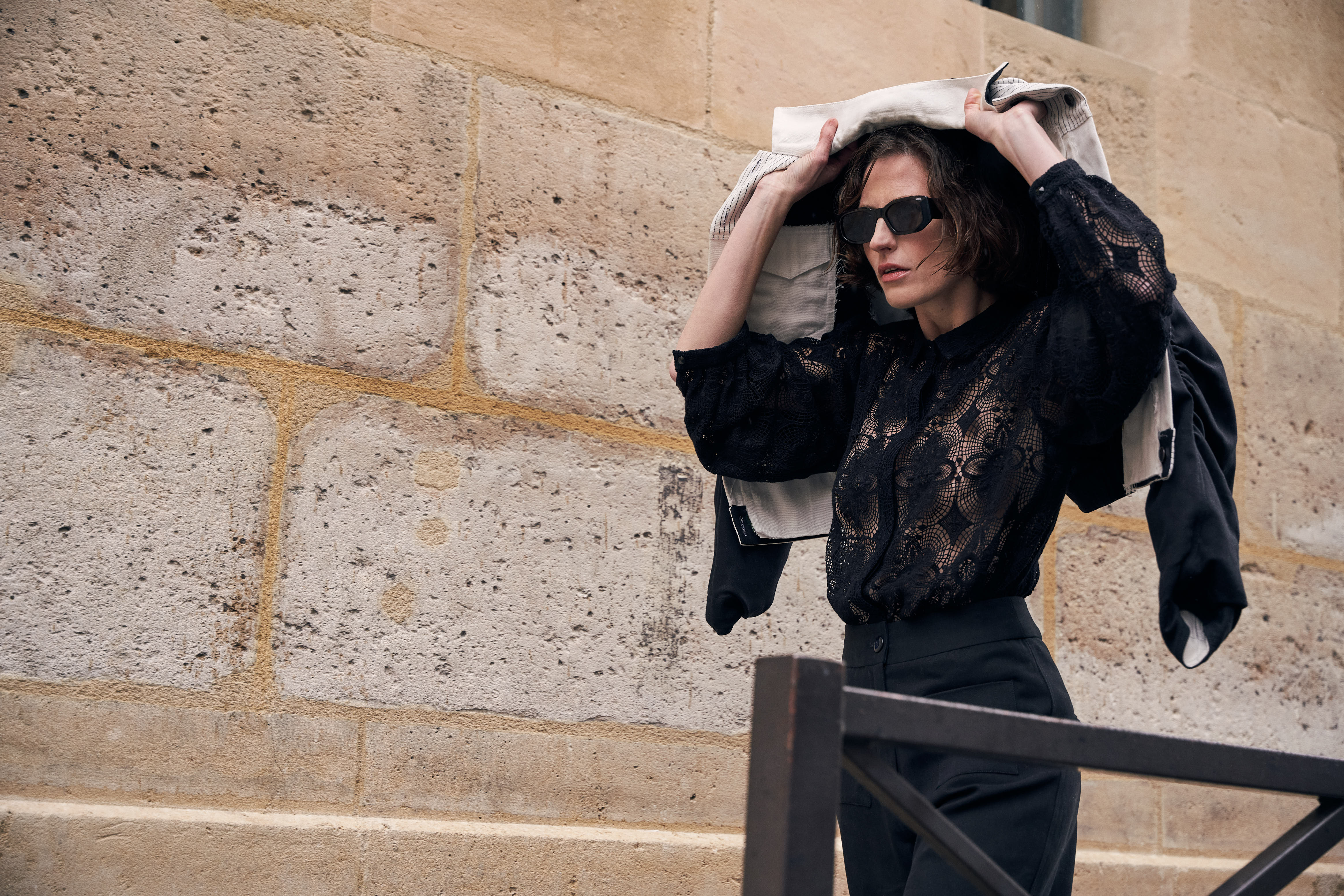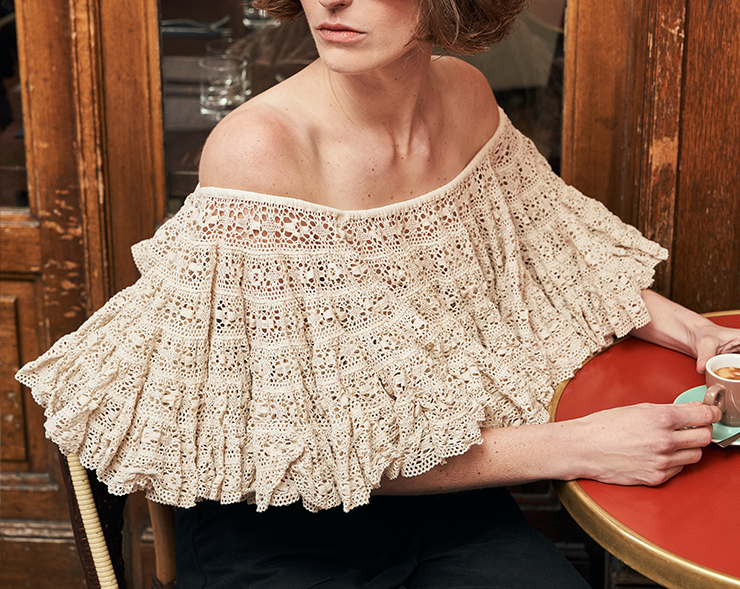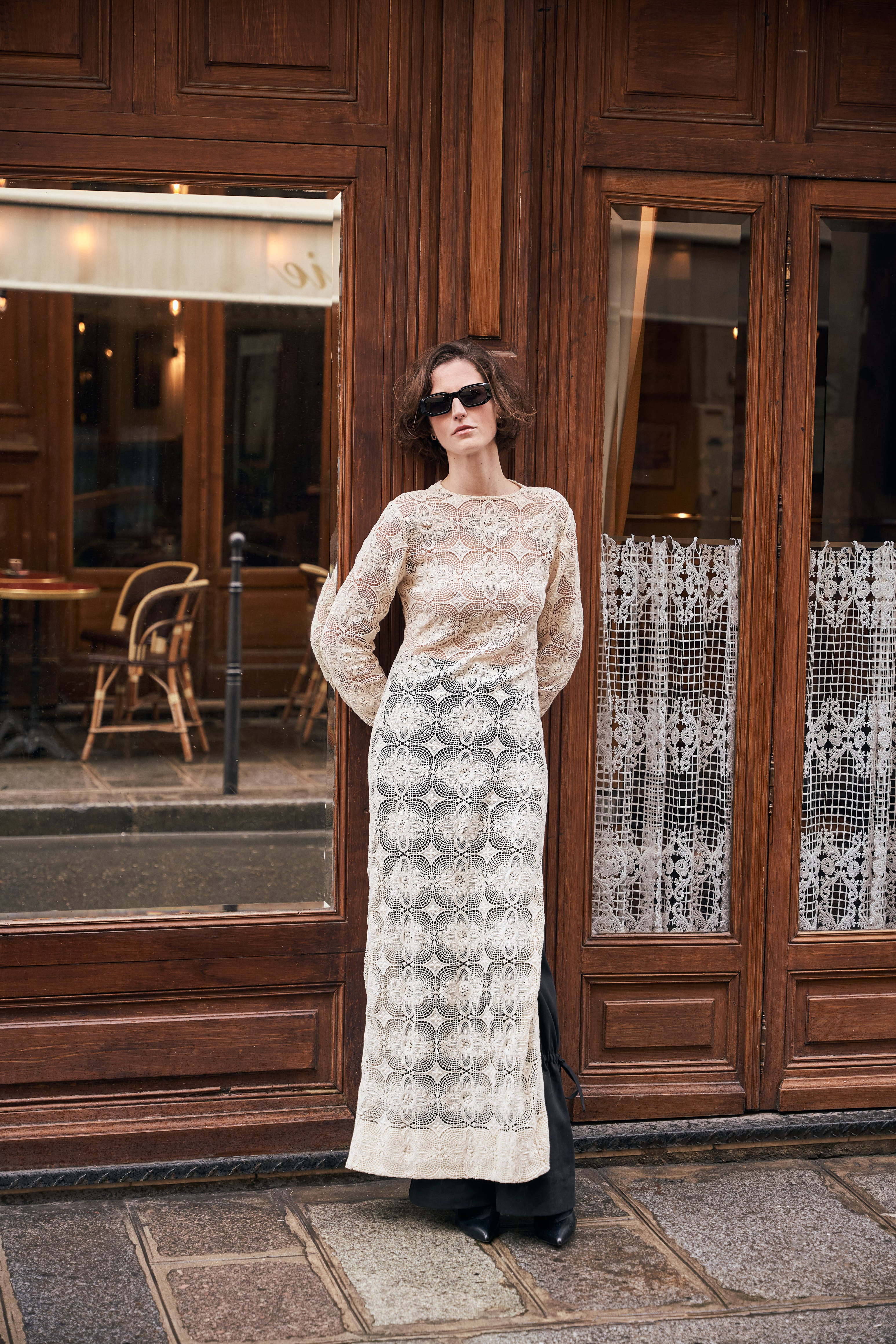 Ellsworth Kelly, White Dark Blue, 1968 Ellsworth Kelly, Red Curve VI, 1982, Ellsworth Kelly, Black White, 1968, Ellsworth Kelly, Blue Yellow Red III, 1971 © Ellsworth Kelly Foundation; © Fondation Louis Vuitton / Saywho / Antoine Ayka Lux
Ellsworth Kelly, White Dark Blue, 1968 Ellsworth Kelly, Red Curve VI, 1982, Ellsworth Kelly, Black White, 1968, Ellsworth Kelly, Blue Yellow Red III, 1971 © Ellsworth Kelly Foundation; © Fondation Louis Vuitton / Saywho / Antoine Ayka Lux
Ellsworth Kelly is back in Paris! 10 years after his death, the great American painter, who would have been 100 years old, has a spectacular exhibition at the Louis Vuitton Foundation, in Paris. The foundation is also the site of his last major piece. Invited by architect Frank Gehry and the foundation’s artistic director, Suzanne Pagé, Kelly created a monumental work for the foundation’s auditorium: the stage curtain, an echo to Spectrum, a work he made in Paris in 1953, along with five monochrome paintings, like five colorful notes floating around the cavernous space.
 Ellsworth Kelly, Painting for a White Wall, 1952 Ellsworth Kelly, Yellow relief, 1955; Ellsworth Kelly, Méditerranée, 1951-1952. © Ellsworth Kelly Foundation, © Fondation Louis Vuitton / Félix Cornu
Ellsworth Kelly, Painting for a White Wall, 1952 Ellsworth Kelly, Yellow relief, 1955; Ellsworth Kelly, Méditerranée, 1951-1952. © Ellsworth Kelly Foundation, © Fondation Louis Vuitton / Félix Cornu
Paris had a special significance in Ellsworth Kelly’s life and work. In 1949, thanks to the G.I. Bill, which paid for veterans’ studies, he came to Paris to study at the Beaux-Arts.
The exhibition of 120 works, which was put together by the Glenstone Foundation, in the U.S., follows a chronological order, starting in Paris in 1949 and ending in Paris with the work for the Louis Vuitton Foundation - from the Window of the Museum of Modern Art (1949), which is his transcription of the windows of the Palais de Tokyo which was then housing the collection of modern art, to the Auditorium. In these works, “Kelly is renewing the language of abstraction,” explains Suzanne Pagé. In the next room, Kelly is discovering color. It starts with his “Tableau Vert” (1952), his recollection of Monet’s Giverny after spending a day there. His imagination is struck mostly by “just the grass under the water,” in the pond. Then it’s Sanary, Méditerranée, Train Landscape, three absolutely mesmerizing paintings playing with color. There’s a black and white painting of the Seine (1950) where Kelly tries to capture the river’s glistening surface.
 Ellsworth Kelly, Yellow Curve, 1990 © Ellsworth Kelly Foundation © Ron Amstutz;Courtesy Glenstone Museum, Potomac, Maryland
Ellsworth Kelly, Yellow Curve, 1990 © Ellsworth Kelly Foundation © Ron Amstutz;Courtesy Glenstone Museum, Potomac, Maryland
The exhibition dedicates a large portion of the exhibition to Ellsworth Kelly’s reimagining abstraction, as he returns to the U.S, in 1954, in contrast with abstract expressionism which was dominating the American art scene. Among the masterpieces, his Yellow Curve, 1990, where Kelly demonstrates his idea of freeing himself from the museum wall. “For Kelly, the experience of watching takes place in the space between the artwork and the eye,” explains Pagé. The wall is a component of the work.
 Visitors at the “Ellsworth Kelly. Formes et couleurs, 1949-2015” exhibition. © Ellsworth Kelly Foundation, © Fondation Louis Vuitton / Félix Cornu
Visitors at the “Ellsworth Kelly. Formes et couleurs, 1949-2015” exhibition. © Ellsworth Kelly Foundation, © Fondation Louis Vuitton / Félix Cornu
The beauty of the exhibition is to allow us to discover other facets of the artist’s immense talent which spanned a 70 year career: his black & white photographs, his beautiful Cyclamen drawings, and even the series of postcards that, all his life, Kelly liked to play with. Over the course of his life, he made about 400 of these which he would send to friends and studio assistants. There’s even a small room presenting Kelly’s architectural projects, in particular his structure “Austin”, on the grounds of the Blanton Museum of Art, on the campus of the University of Texas at Austin. The exhibition ends in the auditorium and its massive scale and Kelly’s last work before passing away. An explosion of color as an exclamation mark for a profoundly affecting exhibition.
- Jean-Sébastien Stehli
 Ellsworth Kelly, Spectrum VIII, 2014 Ellsworth Kelly, Colored Panels (Red Yellow Blue Green Violet), 2014 ; ©Ellsworth Kelly Foundation; © Fondation Louis Vuitton / Félix Cornu
Ellsworth Kelly, Spectrum VIII, 2014 Ellsworth Kelly, Colored Panels (Red Yellow Blue Green Violet), 2014 ; ©Ellsworth Kelly Foundation; © Fondation Louis Vuitton / Félix Cornu
Ellsworth Kelly, Formes & Couleurs, 1945 - 2015. Until 09.09.24. fondationlouisvuitton.fr






